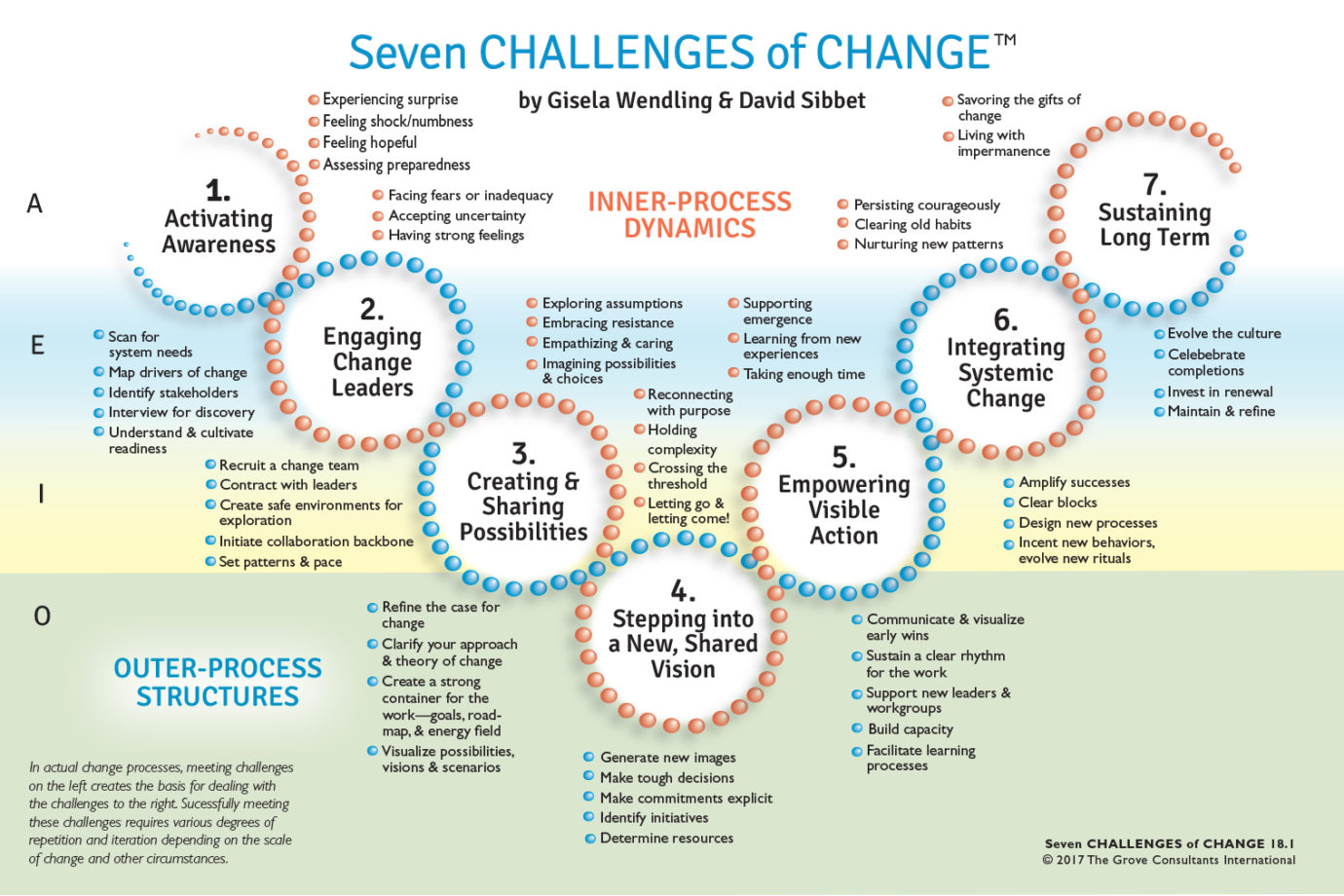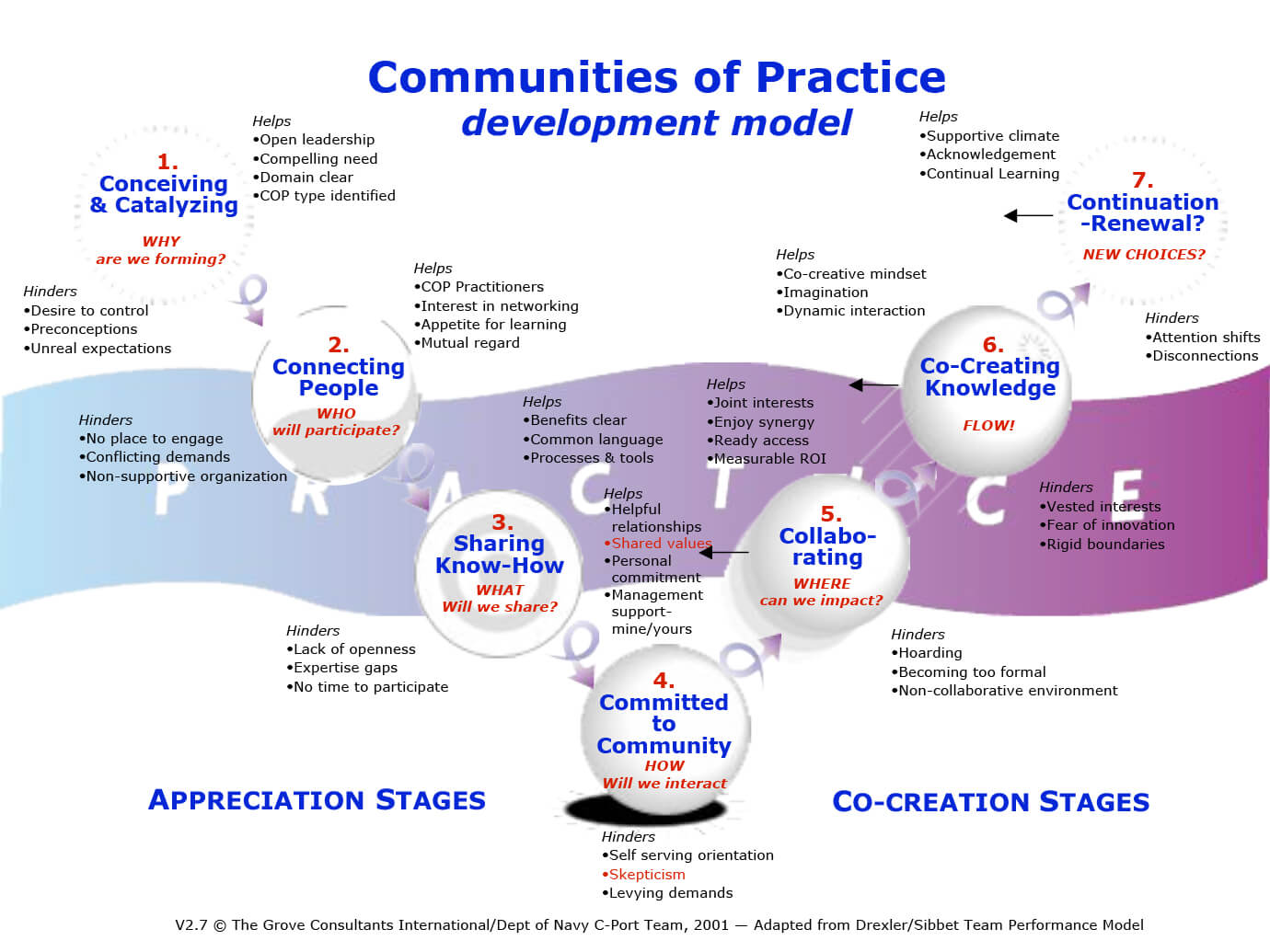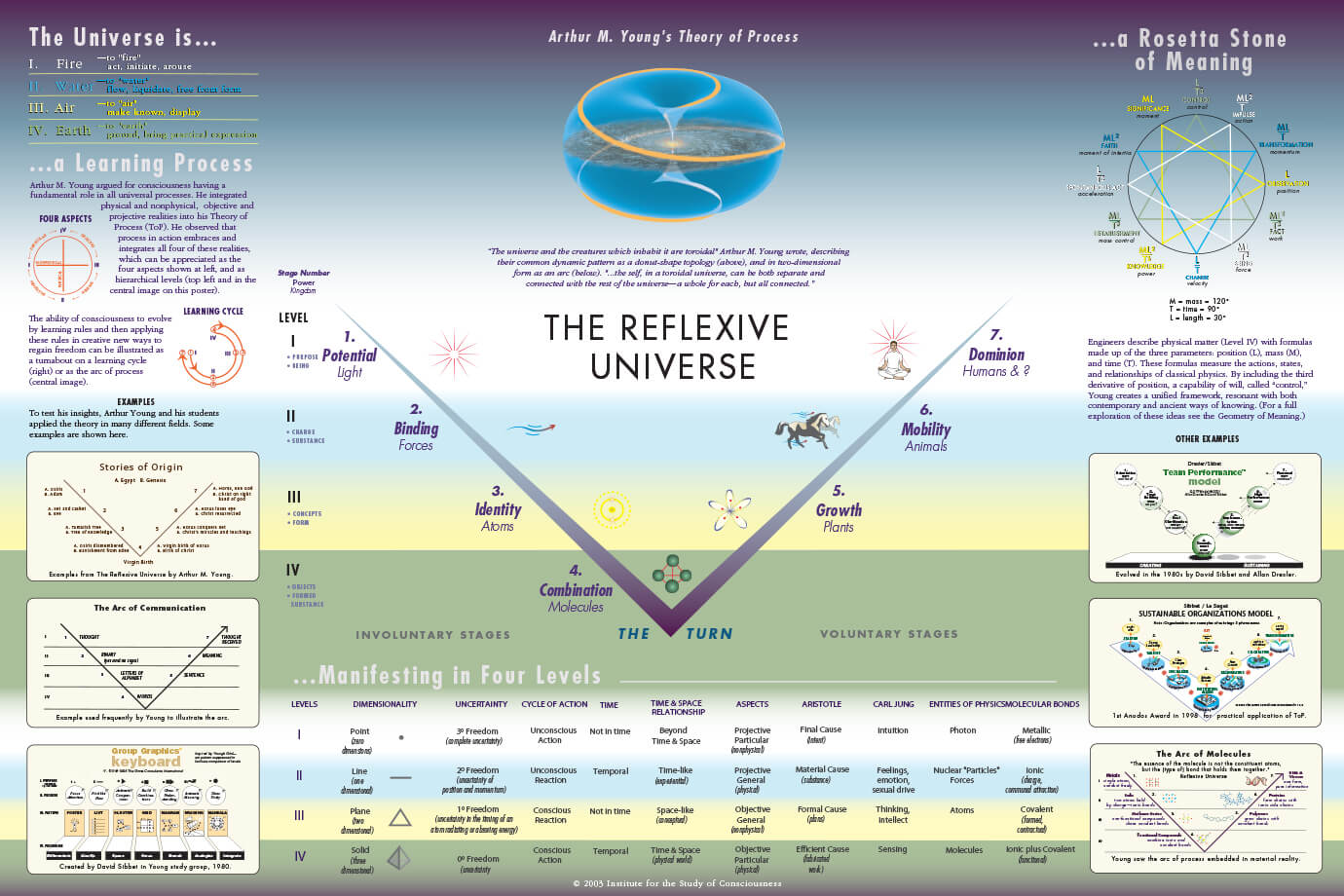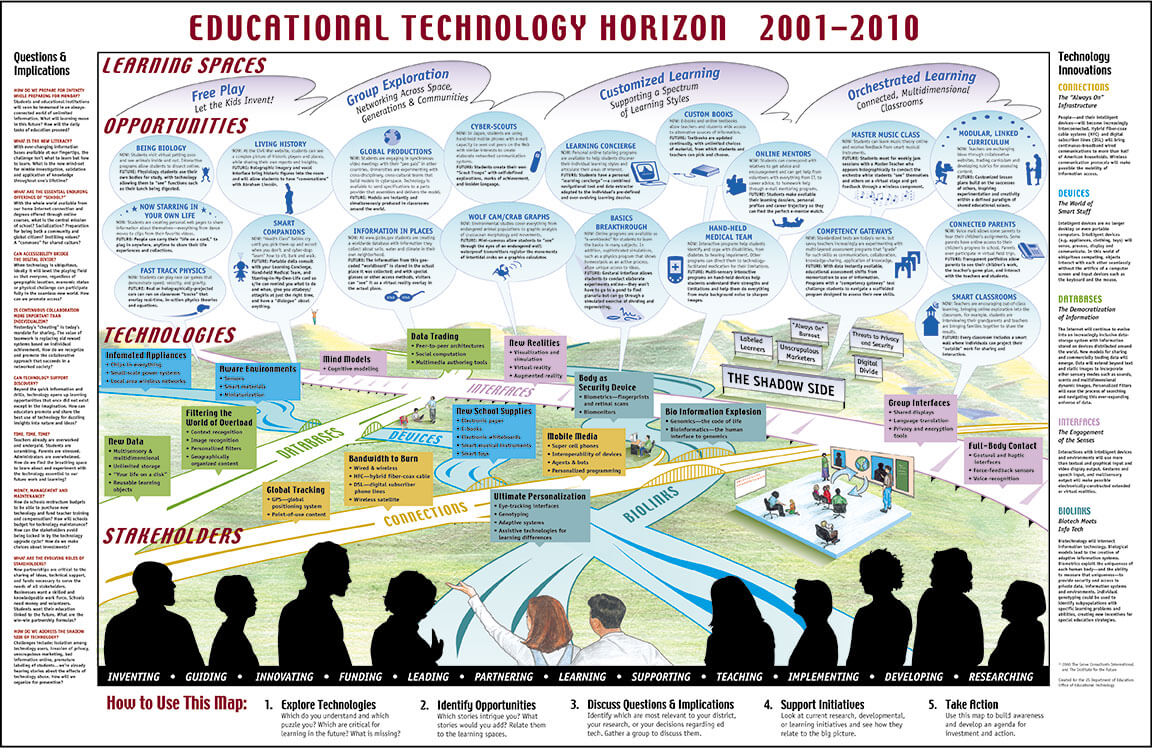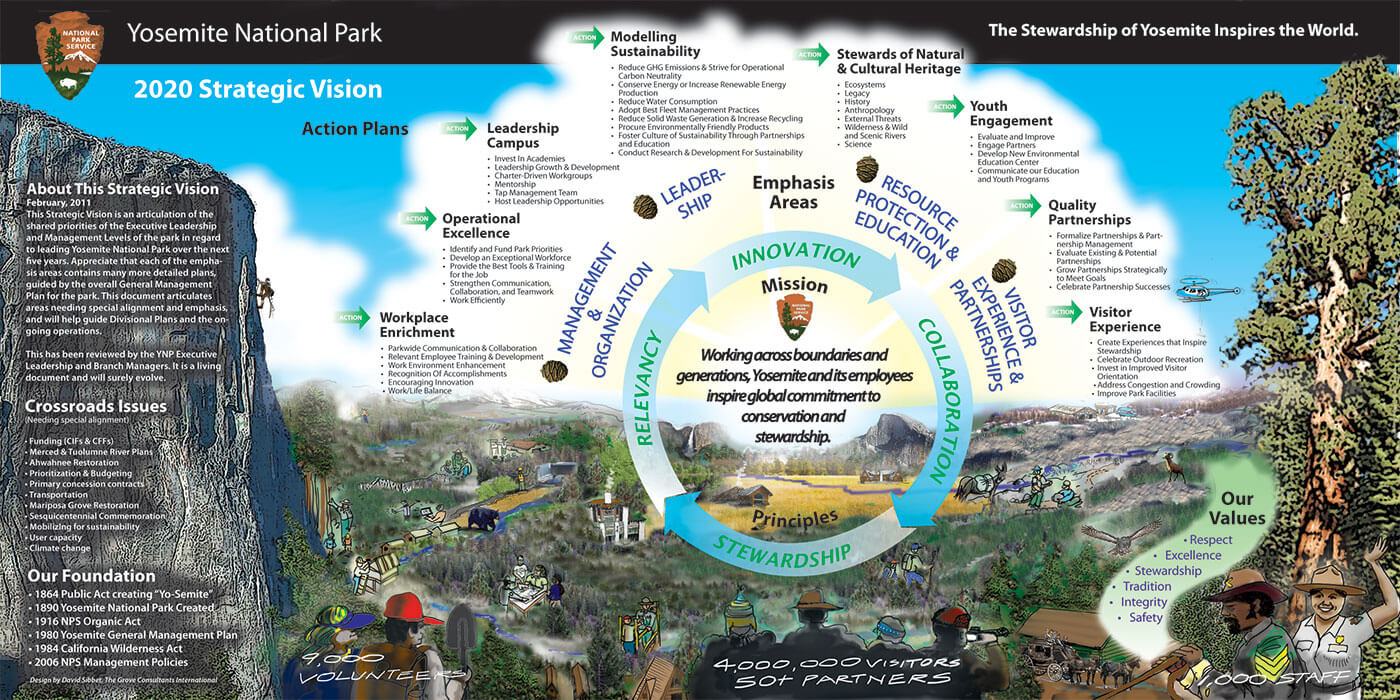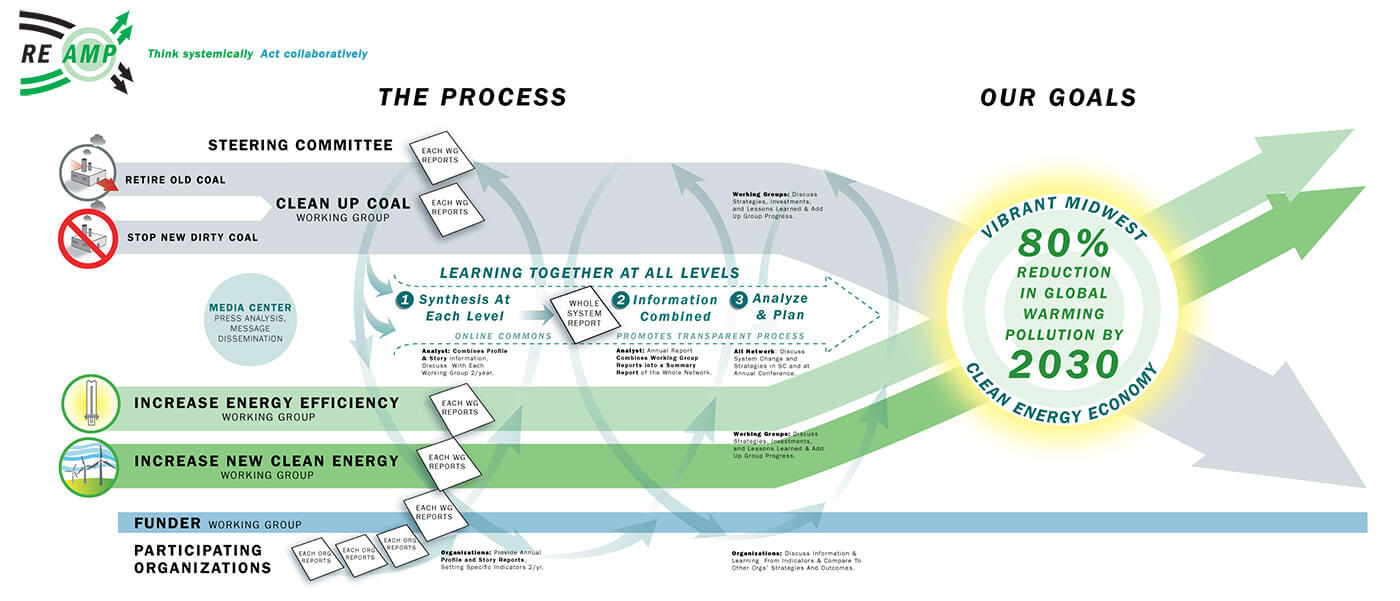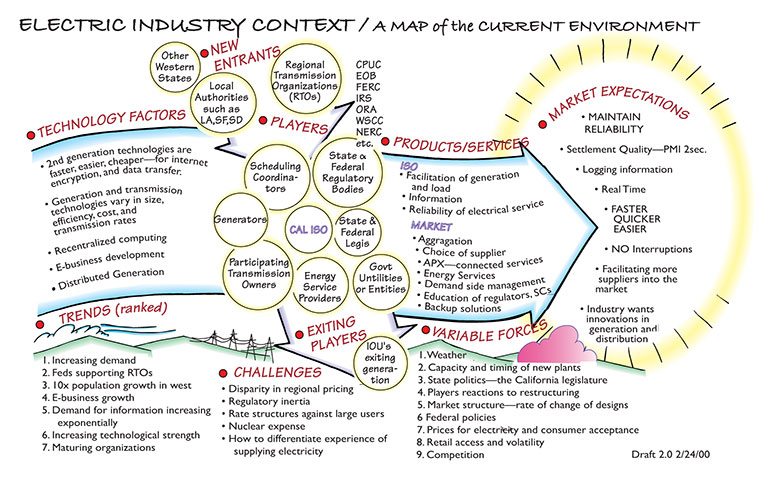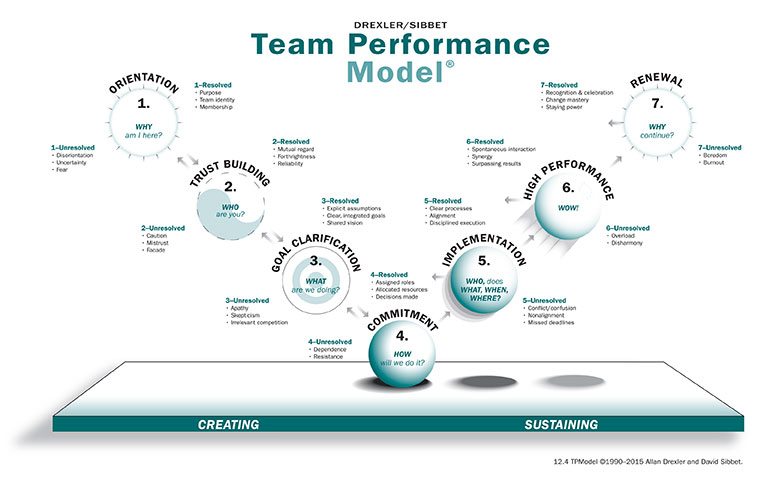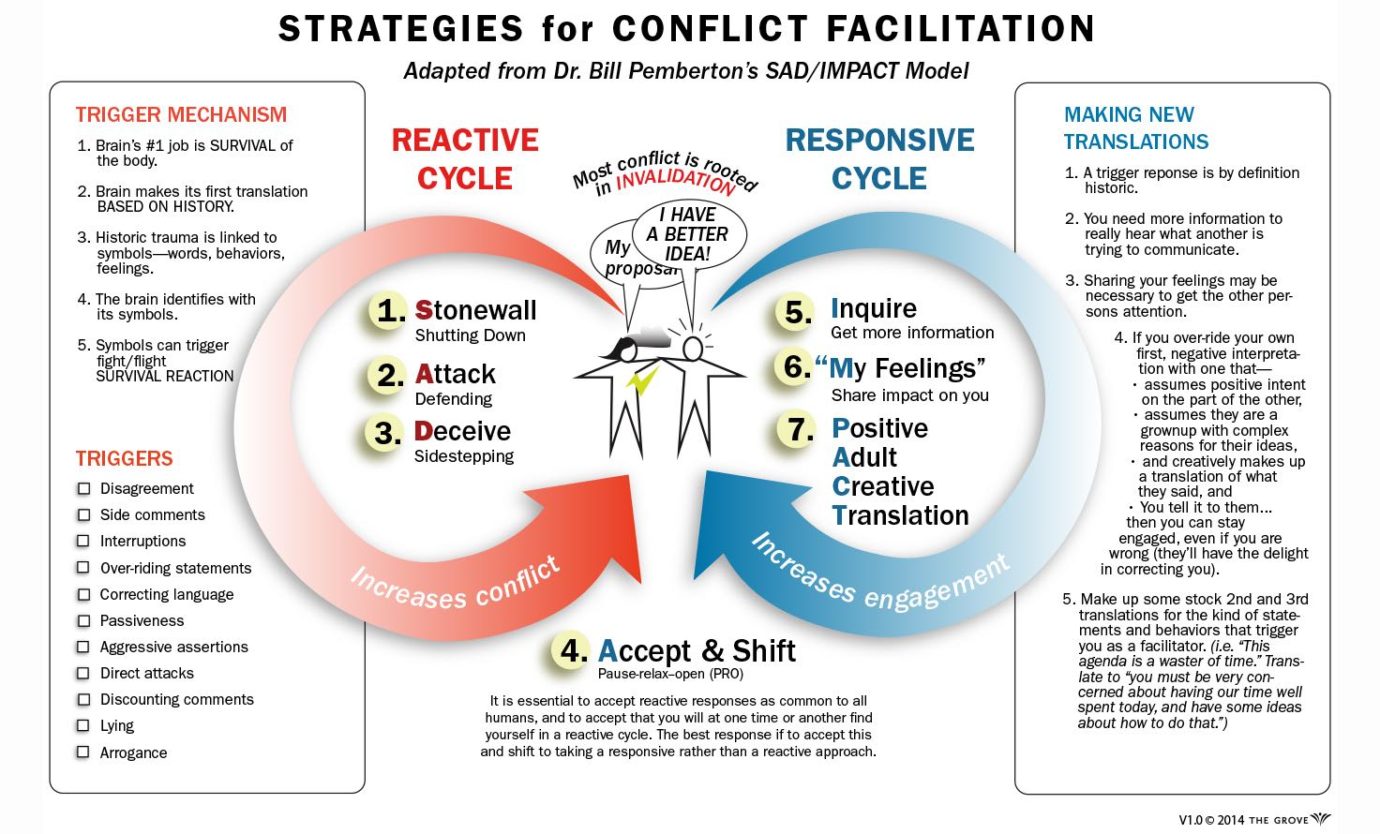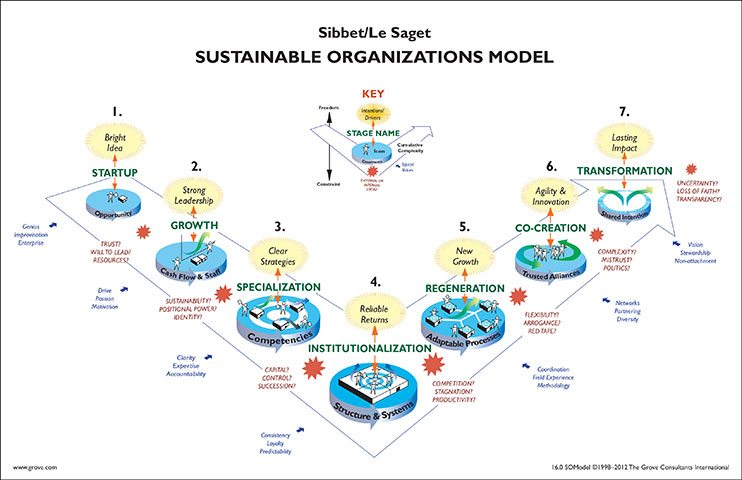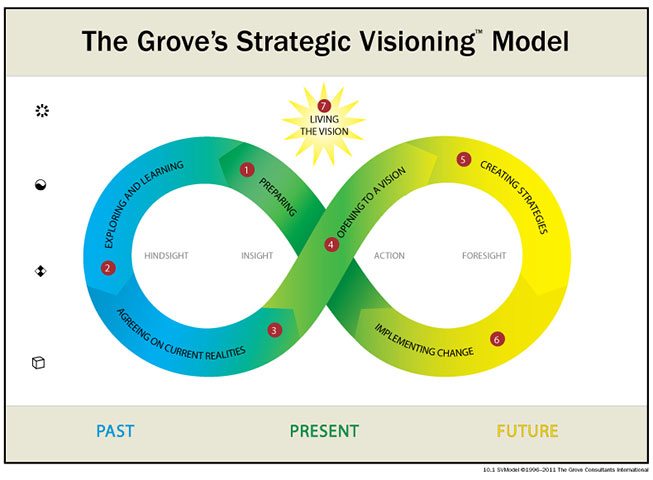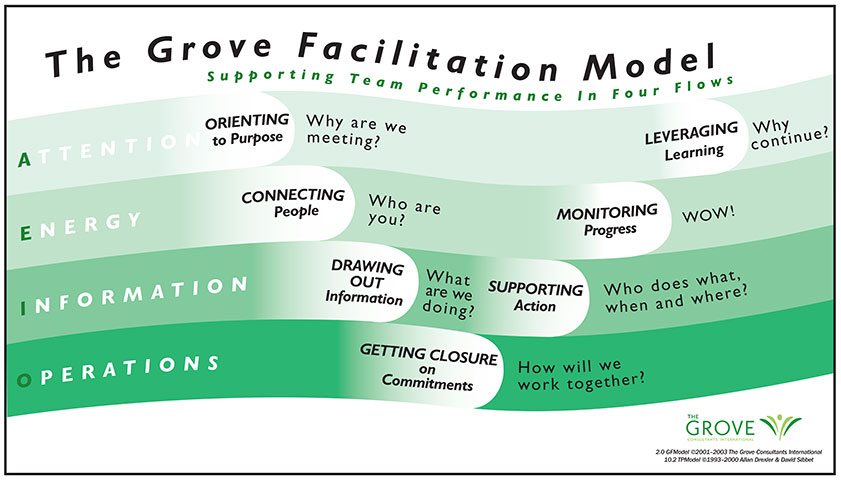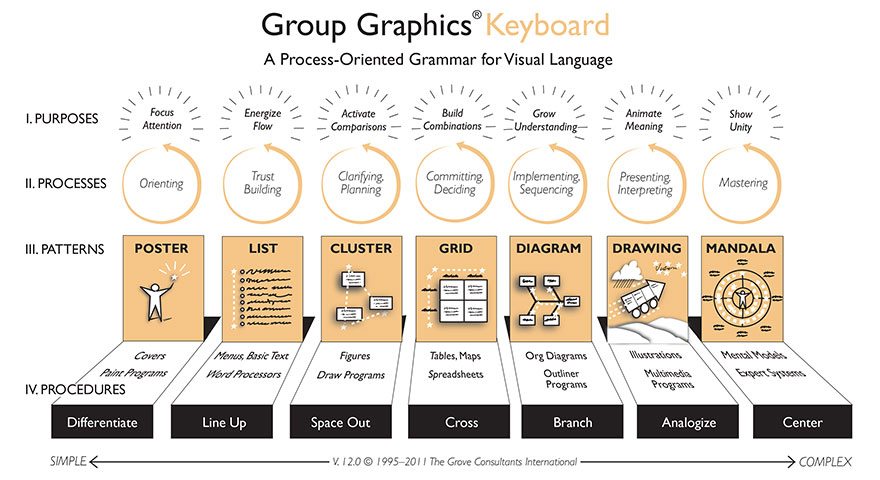America’s Circus Maximus
Roman games at the Circus Maximus reached their height under Emperor Trajan around 100 CE. Claude AI says there were 123 days of games involving 10,000 gladiators and 11, 000 animals. This period “coincided with Rome’s territorial height and increased wealth from conquests.
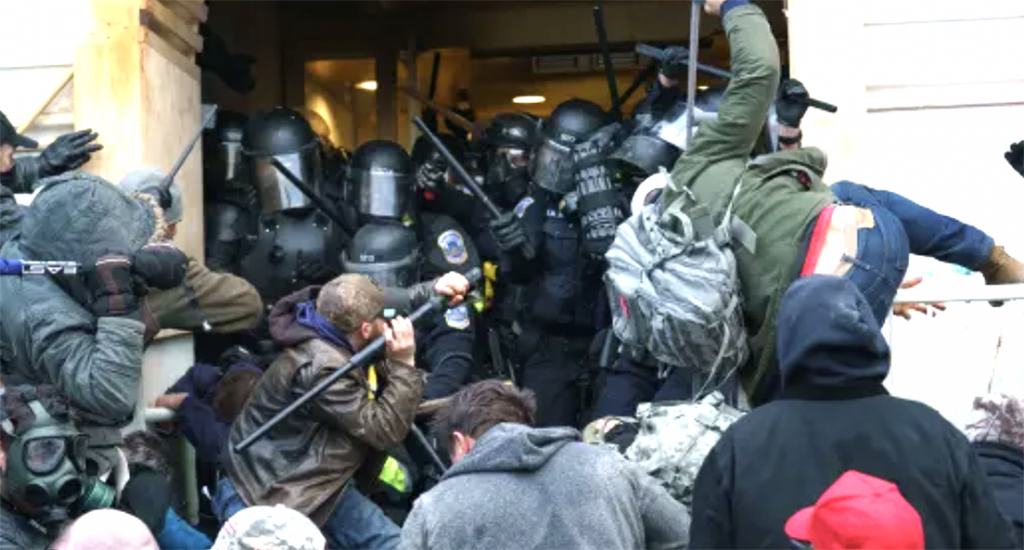 I dreamed about the Circus Maximus after an evening of watching the “news” recently. (I put news is brackets because, as a graduate of the Medill School of Journalism, I was taught that there was a difference between the news and opinion. Clearly that distinction has evaporated. Yes, we get the big chunks of “fact,” but it is always laced with looping reels showing the most extreme footage and pundits who have no problem sharing opinions.)
I dreamed about the Circus Maximus after an evening of watching the “news” recently. (I put news is brackets because, as a graduate of the Medill School of Journalism, I was taught that there was a difference between the news and opinion. Clearly that distinction has evaporated. Yes, we get the big chunks of “fact,” but it is always laced with looping reels showing the most extreme footage and pundits who have no problem sharing opinions.)
In my half sleep I kept think about the parallels with Rome.It feels to me like America is experiencing an echo of this earlier time. The purpose of the games in Rome was to promote the power and wealth of Rome, unite the people with shows of generosity, and satisfy human attraction to disruption and violence. Where Rome had the great Circus Maximus, there are challenges in our society which doesn’t have a physical Circus Maximus that can gather all the people. Media becomes that amphitheater. Media has some of the ingredients. It is good at communicating shock and disbelief. There are plenty of gladiators. But they aren’t physically concentrated. Our digital game area is an increasingly fragmented cacophony of warring political meme tribes, all having digital platforms and identified combatants ready for skewering, and completely different schedules.
But Jan 6 may have reignited the Circus Maximus meme. For a brief time, the Capitol and rotunda made do. The drama of gladiators against enforcers provided the chilling danger and even death that perpetuated the games. Media united in its round-the-clock coverage. Perhaps this parallel inflamed Trump’s imagination.
I know that Trump’s template in life is privilege embedded in a checkered past with his so-called peers in New York City. He eventually found fame in reality TV on the Apprentice and became adept at the jarring, attention-engaging performances he mounted around firing people. During this time, he was also involved with professional wrestling, hosting events at Trump venues. He was a friend of World Wrestling Entertainment CEO Vince McMahon. I also know that in 2000 Jeff Zucker was head of NBC Entertainment and became CEO in 2008 when the Apprentice was being produced. He felt the show was very good at increasing view ship and was a big supporter. He became CEO of CNN in 2013 and featured Trump 30% more than other channels during the election. CNN seemed quite critical of Trump at the time, but it struck me then that CNN and Trump were engaged, not in public discourse, but in professional political wrestling.
I also know from experience that professional success templates are very difficult to change, and it appears that Trump has no interest in deviating from his own success pattern. The problem is how to get the roar of the crowds that he expects from his rallies on a more national stage, where there isn’t one media Circus Maximus. It appears now that he is tearing a page out of Trajan’s playbook and simply increasing the number and intensity of “games.”
I can imagine his thinking about his new MAGA show. “Let’s relive Jan 6 by empowering the gladiators with pardons! Let’s go to Pacific Palisades and throw Governor Newsom against the ropes! (Forget Altadena, it’s not game material.) Then let’s round up immigrants at schools, hospitals, and churches and directly defy my predecessor’s cautions in that regard. That will enrage the audience. Let’s drill in the Arctic refuge! And hold on, I have episodes planned around Greenland, Panama, and Ukraine with Hegseth and Kennedy making dramatic guest appearances.”
You can infer from my earlier writing that the whole idea of gladiator games as a substitute for governance grinds my moral compass like the heel of a boot crushing an old man’s glasses. But it also leads me to reflect on the type of society that accepts all this by paying attention. Does the major media have any responsibility as they provide the bleachers for the circus? Are we complicit by giving our attention to this man who’s byproduct is generating new wealth for those that perpetuate the games? How numbed are we willing to be as more and more people’s lives are destroyed and maimed by the outrage?
I need to break this upsetting line of thinking. Maybe I’ll take a walk with Jesus (See earlier blog piece), skip the circus, and pray for the hapless victims in this national distraction. It saddens me to think that the Circus Maximus metaphor may be real.


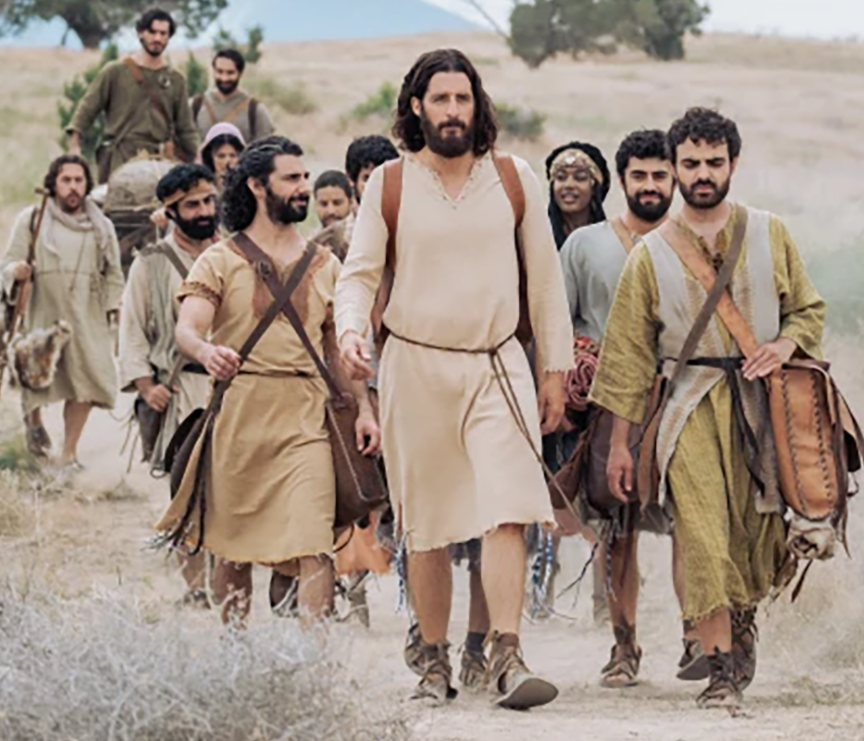 But before I do, I invite you to notice what gets called up for you with just these words. What is your experience with the word “Walking?” What does “With” mean to you? And then there is the loaded word, “Jesus.” I say loaded because few people have had more writing, dramatizations, prayers to, and art about than Jesus. I wouldn’t be surprised if you had very little idea of what I’m personally meaning by any of these words. I invite you to read on with an open mind if possible.
But before I do, I invite you to notice what gets called up for you with just these words. What is your experience with the word “Walking?” What does “With” mean to you? And then there is the loaded word, “Jesus.” I say loaded because few people have had more writing, dramatizations, prayers to, and art about than Jesus. I wouldn’t be surprised if you had very little idea of what I’m personally meaning by any of these words. I invite you to read on with an open mind if possible.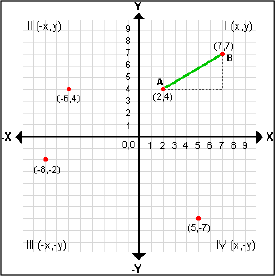 I’ve found that the shaping of our awareness by language extends to vis
I’ve found that the shaping of our awareness by language extends to vis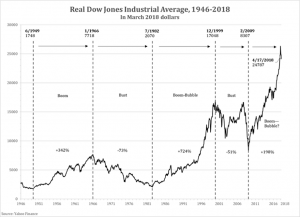 ual language and the mental frameworks we hold to explain things. The objectification of reality is supported, for instance, by our habit of displaying data on Cartesian coordinates, which portray the “0” point as nothing, and progress is up and to the right. If there is an icon for contemporary business it is the ubiquitous stock market graphic plotted on these coordinates.
ual language and the mental frameworks we hold to explain things. The objectification of reality is supported, for instance, by our habit of displaying data on Cartesian coordinates, which portray the “0” point as nothing, and progress is up and to the right. If there is an icon for contemporary business it is the ubiquitous stock market graphic plotted on these coordinates.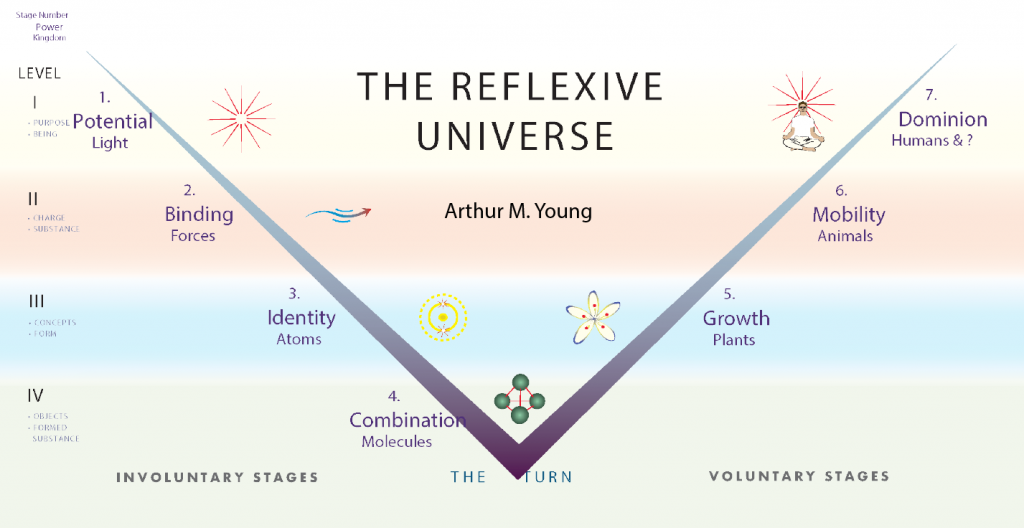
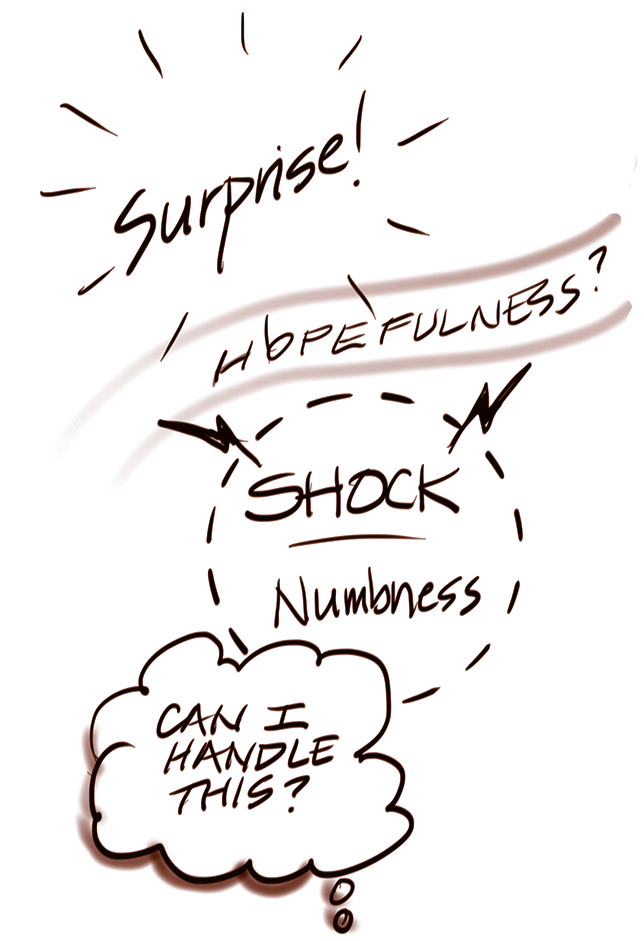 How does one sense seismic change at a systemic level? There’s not much debate that one happened with the landslide election of Donald Trump as President of the United States. But it is not clear, really, what this will mean.
How does one sense seismic change at a systemic level? There’s not much debate that one happened with the landslide election of Donald Trump as President of the United States. But it is not clear, really, what this will mean. their hands. We’ve underfunded vocational programs, kept social foot on the gas of “higher education” as the respected goal, and cranked up the social algorithms that are, in the name of “free speech” mainlining ever crazier material to young people on their phones and computers. My own extended family reflects some of this challenge. But rather than judgment I find myself feeling compassion. It’s clear that people at the economic bottom of the most extreme wealth differential since the 1920s are struggling and fed up. High butter, egg, and milk prices matter when you live on the edge.
their hands. We’ve underfunded vocational programs, kept social foot on the gas of “higher education” as the respected goal, and cranked up the social algorithms that are, in the name of “free speech” mainlining ever crazier material to young people on their phones and computers. My own extended family reflects some of this challenge. But rather than judgment I find myself feeling compassion. It’s clear that people at the economic bottom of the most extreme wealth differential since the 1920s are struggling and fed up. High butter, egg, and milk prices matter when you live on the edge.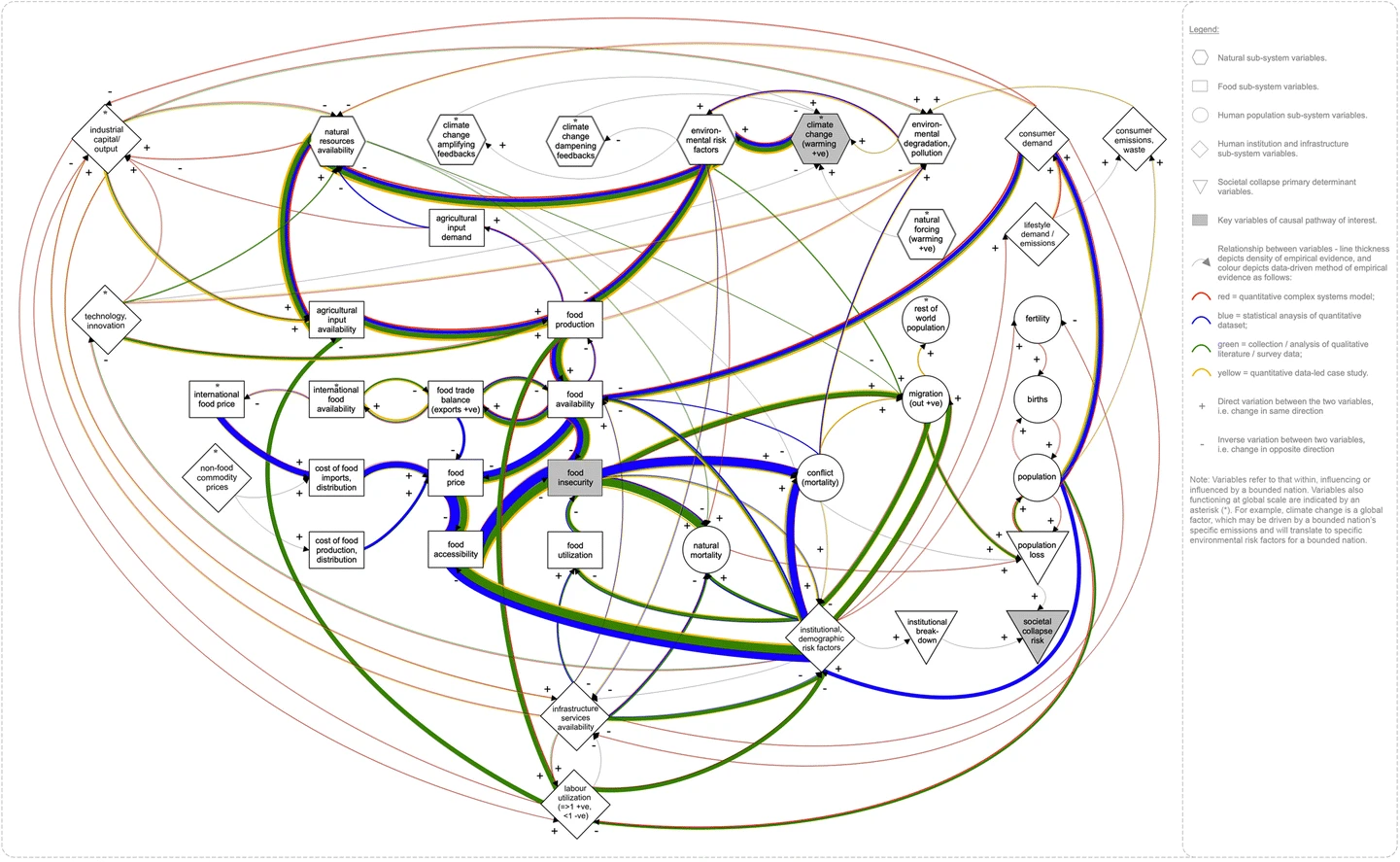 I’m getting more fearful as I type this list, presented as a tightening in my chest. The chances of severe dysfunction couldn’t be higher, even if Trump were not in office.
I’m getting more fearful as I type this list, presented as a tightening in my chest. The chances of severe dysfunction couldn’t be higher, even if Trump were not in office.

